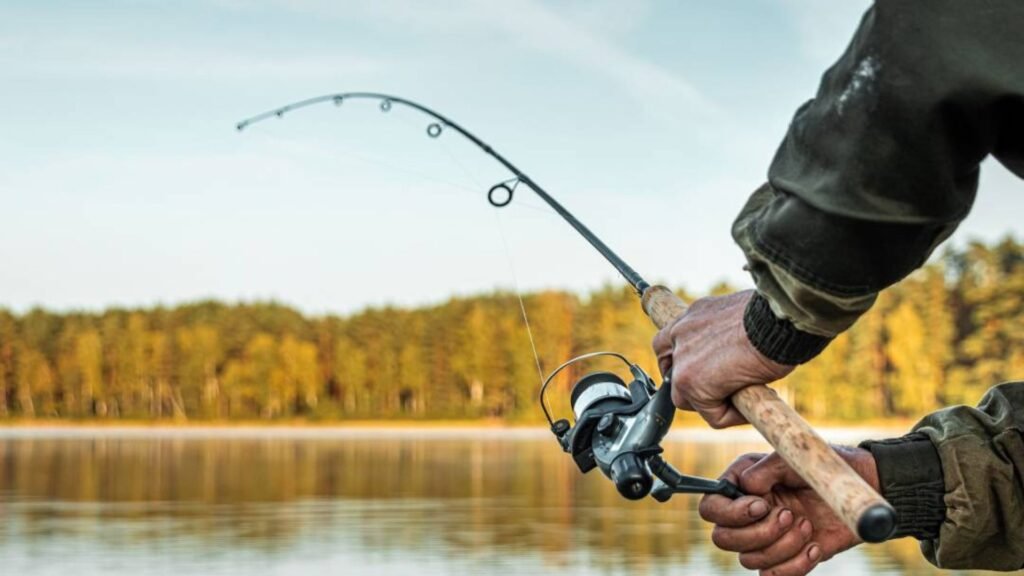Improving your salmon fly casting accuracy can significantly enhance your fishing experience and increase your chances of success. Here are some of the best tips for achieving better casting accuracy when fly fishing for salmon.

Best Tips for Improving Your Salmon Fly Casting Accuracy
Practice Consistently
Explanation
Consistent practice is key to developing muscle memory and improving your casting technique. Set aside regular time to practice your casting, focusing on accuracy rather than distance.
Tips
- Practice on both water and land to simulate different conditions.
- Use targets to aim for during practice sessions.
- Vary your practice routine to include different casting scenarios and techniques.
Focus on Your Casting Fundamentals
Explanation
Mastering the basic casting techniques is essential for achieving accuracy. Ensure that you have a solid foundation in the fundamentals before attempting more advanced casts.
Tips
- Work on a smooth and controlled casting stroke.
- Pay attention to your grip, stance, and body alignment.
- Practice the timing of your backcast and forward cast.
Use Proper Equipment
Explanation
Using the right equipment can make a significant difference in your casting accuracy. Ensure that your rod, reel, and line are suitable for the type of salmon fishing you are doing.
Tips
- Select a rod that matches your casting style and the size of the salmon you are targeting.
- Use a line with the appropriate weight and taper for accurate casting.
- Ensure your reel has a smooth drag system to handle powerful salmon runs.
Refine Your Loop Control
Explanation
A tight and consistent loop is crucial for accurate fly casting. Work on maintaining control over your loop size and shape during both the backcast and forward cast.
Tips
- Aim for a narrow loop to reduce wind resistance and increase accuracy.
- Practice casting with different loop sizes to understand how they affect your cast.
- Focus on keeping your rod tip in a straight line during the casting stroke.
Incorporate Hauling Techniques
Explanation
Hauling techniques, such as single or double hauling, can improve line speed and casting accuracy. These techniques involve pulling on the line with your non-casting hand to increase line tension and speed.
Tips
- Practice single and double hauling to enhance your casting efficiency.
- Focus on smooth and coordinated movements between your hands.
- Use hauling techniques to adjust your cast in challenging conditions, such as wind.
Adjust for Wind and Water Conditions
Explanation
Wind and water conditions can greatly affect your casting accuracy. Learn to adjust your casting technique to compensate for these variables.
Tips
- Cast at a lower angle to reduce wind interference.
- Use roll casts or spey casts in tight or windy situations.
- Adjust your casting distance based on water flow and obstacles.
Develop a Consistent Casting Stroke
Explanation
A consistent casting stroke is essential for accurate casting. Focus on developing a smooth and repeatable casting motion.
Tips
- Keep your casting stroke compact and controlled.
- Avoid abrupt or jerky movements that can affect accuracy.
- Practice casting with different rod angles to understand how they impact accuracy.
Visualize Your Target
Explanation
Visualizing your target before and during your cast can help improve accuracy. Focus on a specific spot where you want your fly to land.
Tips
- Choose a distinct target, such as a rock or a specific ripple on the water.
- Maintain focus on your target throughout the casting motion.
- Use mental imagery to visualize the fly landing accurately.
Work on Your Timing and Rhythm
Explanation
Proper timing and rhythm are crucial for accurate casting. Develop a sense of rhythm to ensure that your casts are smooth and controlled.
Tips
- Practice casting to a metronome or rhythmic pattern.
- Focus on the timing of your backcast and forward cast.
- Adjust your casting speed based on the distance and conditions.
Seek Professional Instruction
Explanation
Professional instruction can provide personalized feedback and help you identify areas for improvement. Consider taking lessons from a certified casting instructor.
Tips
- Look for local fly fishing schools or guides that offer casting lessons.
- Participate in casting clinics or workshops to refine your skills.
- Use video analysis to review and improve your casting technique.
Conclusion
Improving your salmon fly casting accuracy requires dedication, practice, and attention to detail. By focusing on these tips and consistently working on your casting technique, you can enhance your accuracy and increase your chances of success on the water. Remember, patience and persistence are key to becoming a proficient and accurate fly caster.



